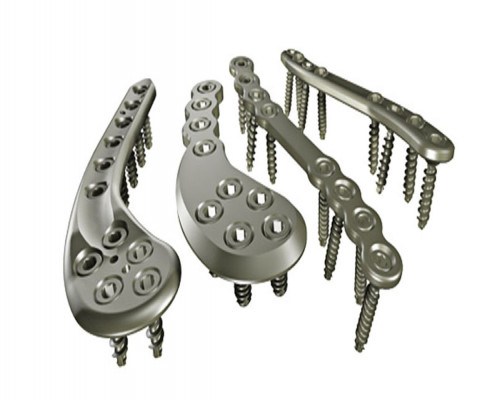
Materials, Types, and Uses of Locking Plates Offered by Locking Plate Manufacturers
Fracture repair has moved to the advanced step with the adoption and use of plates as an effective treatment for broken joints and bones. these provided many benefits as compared to outdated screw systems. Hence, they have become an essential part of any orthopedic surgery today.
Common Types of Locking Plates Supplied
Most of the reputed plates supply the following types of hospitals and healthcare centers.
- Distal radius variable angled and double column locking plate of 2.4mm contains variable angle lock technology. It is useful for distal radius osteotomies and for treating extra and intraarticular fractures.
- Distal radius buttress type of 2.4mm plate fixes complicated extra and intra-type articular fractures. They also treat osteotomy issues of small bones and any distal radius.
- Clavicle anterior distal plates for both left and right legs combine the plating techniques with the innovative locking screw technology of today. These plates incorporate bone plate holes to provide angular stability by fixation with locking screws present in the threaded part. A clavicle anterior locking plate is available in 3.5mm size.
- Many manufacturers of locking supply 4.5mm size condylar buttress type plates. These are useful to treat supracondylar fractures caused by the femoral condyle, distal femur malunions, and non-unions. Besides, condylar buttress plates support articular fractures in medial or lateral condyle femurs.
Preferable Materials to Design Compression Plates
Good Plate prefers two different types of materials to design lock compression plates. These include stainless steel and titanium, both of which are high-quality materials.
Why Plates are Preferable in Orthopedic Surgeries
Plates come with a relatively high pull-out strength on plate head screws and they treat fractures efficiently. Particularly, plates treat fractures with biological fixation, fractures with short metaphyseal segments or shaft fractures, and fractures in osteoporotic bone.
this eliminates the need for friction between the bone and the plate, while it conducts placement without contact with the bone. In other words, it provides a high level of rigid fixation. Along with this, the design of a plate provides less possible contact between the bone and the plate to preserve the supply of periosteal blood and the perfusion of bone.
Therefore, it enhances the functions and performance of joints and bones by providing the right plate and screw connections.
Leave a Comment
© Copyright © 2024 gwsmed.com | GWS Surgicals LLP. All rights reserved.
| |




Comment (0)
No Comments Yet. Be the first one.